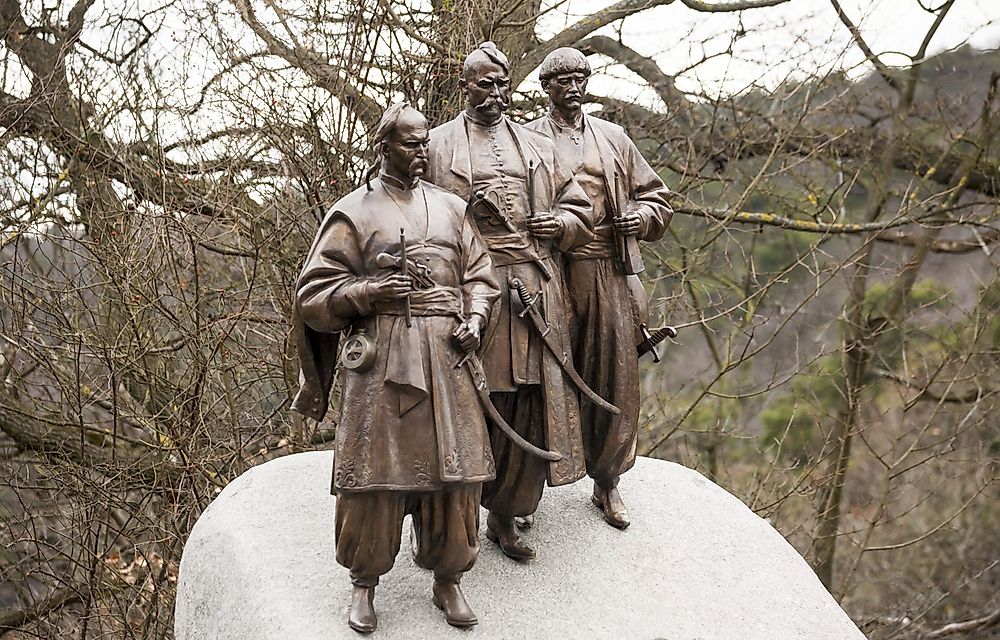Battle of Vienna - Important Battles Throughout History

5. Background
The Battle of Vienna took place on the 12th day of September, 1683 at Mount Kahlenberg near Vienna. It was fought by the Holy Roman Empire, the Monarchy of Habsburg and the Commonwealth of Polish-Lithuania against the Empire of Ottoman under the leadership of King John III Sobieski. This marked the first ever military cooperation between the Holy Roman Empire and the Commonwealth against the Ottomans. After this battle, the Ottoman never became a menace anymore to the Christian world. It had been a long-term strategy for the Ottoman Empire to capture Vienna because of its control over the Black Sea of Western Europe and the trade route from the Eastern Mediterranean to Germany. This battle was won by the combined force of the Commonwealth and the Holy Roman Empire.
4. Description of the Engagement
On the 14th of July 1683, the Ottomans laid siege on Vienna. This day is also the day the Ottoman’s leader Kara Mustafa sent a demand for surrender to the city. This happened when John III Sobieski had sent relief troops to Vienna. The battle began before the deployment of all units. The Ottomans began the attack with an aim at stopping the deployment of the Holy League troops. The Germans became the first to strike. The Imperial forces moved to the left led by Charles of Loraine, and the Holy Imperial army moved in the center. By noon on the same day, the imperial army had attacked the Ottomans, and they were close to a breakthrough. Kara Mustafa consistently launched counterattacks because he had wanted to take over Vienna before John III Sobieski. The Polish attacked the other side of the battlefield, leading the Ottomans to the point of desperation since the relief troops had arrived. The Ottomans were attacked from all corners, and this made them retreat with some even disappearing. By then the Ottoman forces were leaving the battlefield, and before long the Christian forces were winning the battle.
3. Makeup of the Forces
The Holy Roman Empire had their troops represented in the battle while the Crown of the Kingdom of Poland represented the Commonwealth. John III Sobieski led the relief force and was the overall commander. Kara Mustafa led the opposing militaries of the Ottoman Empire and the Ottoman fiefdoms. The number of the Ottoman army was thought to be between 90,000 – 300,000 individuals.
2. Outcome
After the fight, the Ottomans had to dispose of Kara Mustafa their defeated commander. He was executed through being strangled by a rope pulled by men on each end. Sobieski ordered that the Polish troops should have the priority of the loot while the German and the Austrian troops were left with smaller portions. The Protestant Saxons left empty handed and instead the Catholics verbally abused them.
1. Historical Significance and Legacy
This victory by the Christians at Vienna was the first step towards conquering Hungary. However, the Ottomans fought further for another 16 years but lost control of Hungary before later on giving up. After that, the Holy Roman Empire in 1699 signed the Treaty of Karlowitz with the Ottoman Empire. The signing of this treaty signified the end of the Ottoman Empire’s spreading out into Europe.
Pope Innocent XI honored Sobieski’s victory by celebrating the Holy Name of Mary which had on previously been celebrated only in the Kingdom of Naples and in Spain.
Astronomer Johannes Hevelius also honored John III Sobieski by naming of constellation Scutum which originally was known as Scutum Sobiescianum which is a Latin name for a shield.











